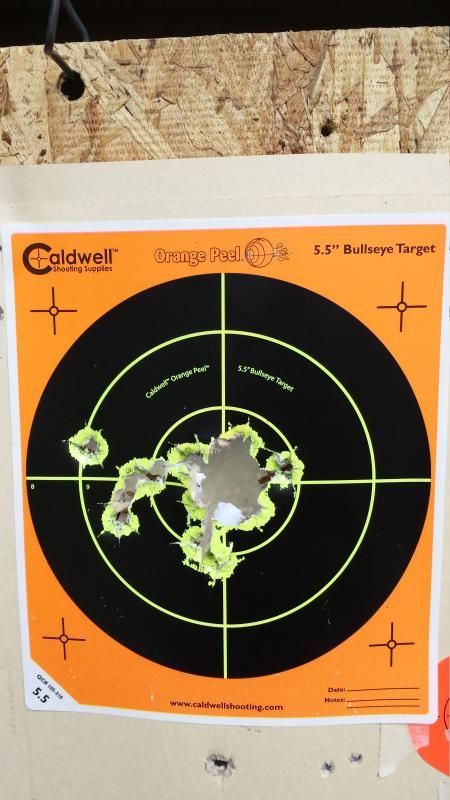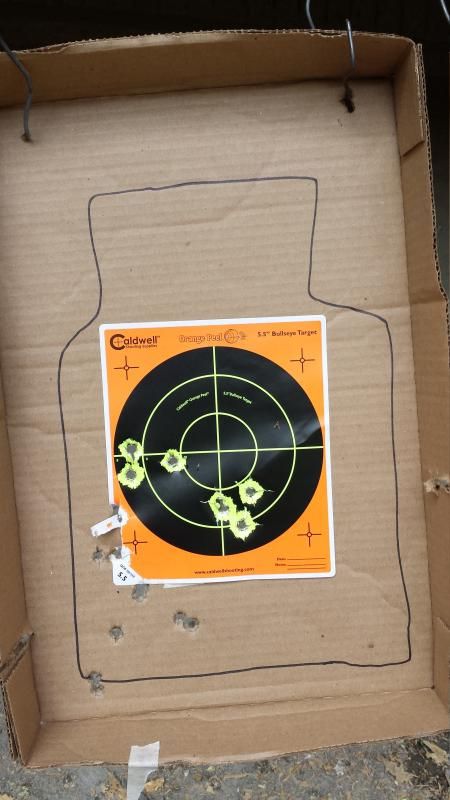I purchased my first 1911 a few months ago and have put about 1000 rds through it since. Is it normal to have such a learning curve shooting this style. It's an officers model 1911. For awhile everything was low left then I researched and talked with a few people and changed my grip and started getting great groups but low at about 10-15 ft. Moved out today about 20 feet and I'm still low but great groups.
My first shot from the gun is usually on point in center mass then the shots begin to creep down? I have watched a ton of videos and try to practice everything they show but after my first shot everything drops low? And that is from as close to 5' out to 25 yards? I don't know but to me after 1000 rds I would like better results?
Is this a normal learning curve? I'm pretty sure it's shooter error since my first shots are centered.
Thanks
My first shot from the gun is usually on point in center mass then the shots begin to creep down? I have watched a ton of videos and try to practice everything they show but after my first shot everything drops low? And that is from as close to 5' out to 25 yards? I don't know but to me after 1000 rds I would like better results?
Is this a normal learning curve? I'm pretty sure it's shooter error since my first shots are centered.
Thanks



